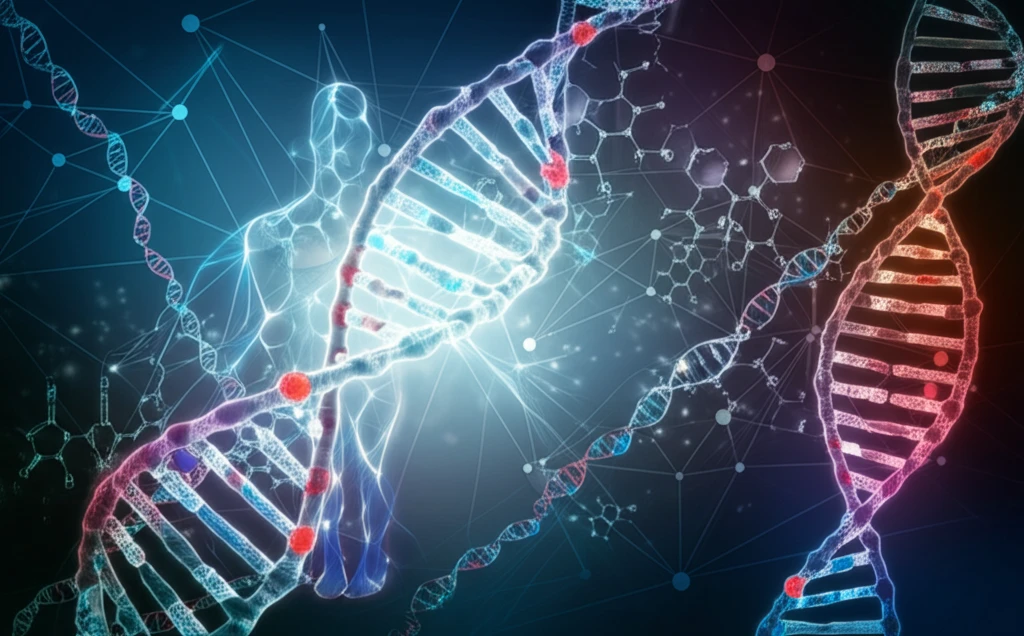
Decoding the Body's Secret Signals: How Post-Translational Modifications Shape Your Health
"Unraveling the complexities of dbPTM, disease associations, and PTM crosstalk for a healthier future."
Imagine your body as a sophisticated orchestra, where each protein is a musician playing a crucial role. Post-translational modifications (PTMs) are like the conductor's instructions, fine-tuning each protein's performance to create a harmonious biological symphony. These modifications, the attachment of chemical groups to proteins, profoundly impact cellular processes.
From directing cell growth and signaling to modulating metabolic pathways and immune responses, PTMs are the unsung heroes of our health. Understanding these intricate modifications is key to unlocking the secrets of disease development and paving the way for targeted therapies.
The dbPTM database has been a cornerstone in this field for over a decade, providing a wealth of information on PTMs. The 2019 update expands its reach, integrating disease associations and exploring the fascinating phenomenon of PTM crosstalk—how different modifications interact to orchestrate protein function.
The Power of PTMs: Linking Modifications to Disease

High-throughput deep sequencing has revolutionized our ability to analyze the link between genetic variations (SNPs) and diseases. The dbPTM update incorporates this wealth of data, linking PTMs to diseases through non-synonymous SNPs (nsSNPs). When PTM substrate sites are located near nsSNPs, they are considered to have an association with the diseases influenced by those SNPs.
- Modulating protein function and properties.
- Influencing cellular processes (signaling, apoptosis, etc.).
- Responding to developmental and environmental cues.
- Association of Single Nucleotide Polymorphisms (SNPs) and diseases into a data surge in both growth and scope.
The Future of PTM Research
By integrating vast amounts of data and developing new analytical tools, dbPTM highlights the ongoing challenges and future directions for PTM research. Ultimately, a deeper understanding of PTMs and their crosstalk will pave the way for more personalized and effective therapies, targeting the root causes of disease at the molecular level.
